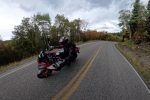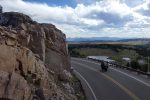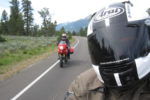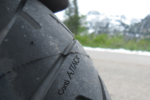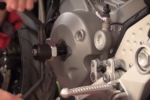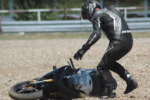Instinct vs. Strategy: What Happens When You Ride a Track Blind?
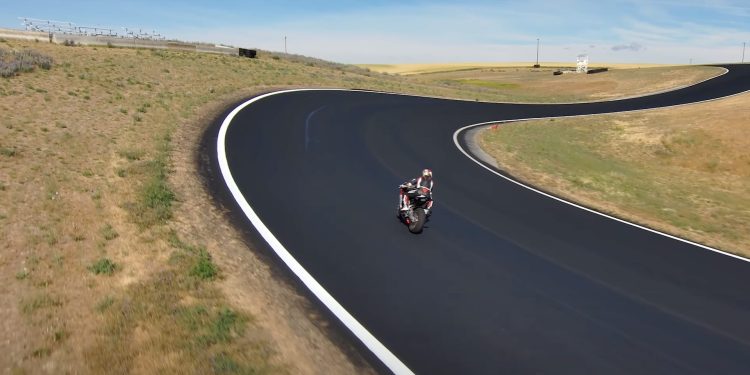
A few weeks ago, I found myself standing at the edge of Oregon Raceway Park. I had never ridden this track before. It’s 2.3 miles of elevation changes, blind corners, and zero margin for error. To make things even more interesting, we were running the course backwards.
I decided to do something different.
Instead of just trying to learn the track as fast as possible, I turned it into an experiment: What happens if I ride this circuit entirely by instinct, and then go back out and apply all the strategies I’ve spent years teaching?
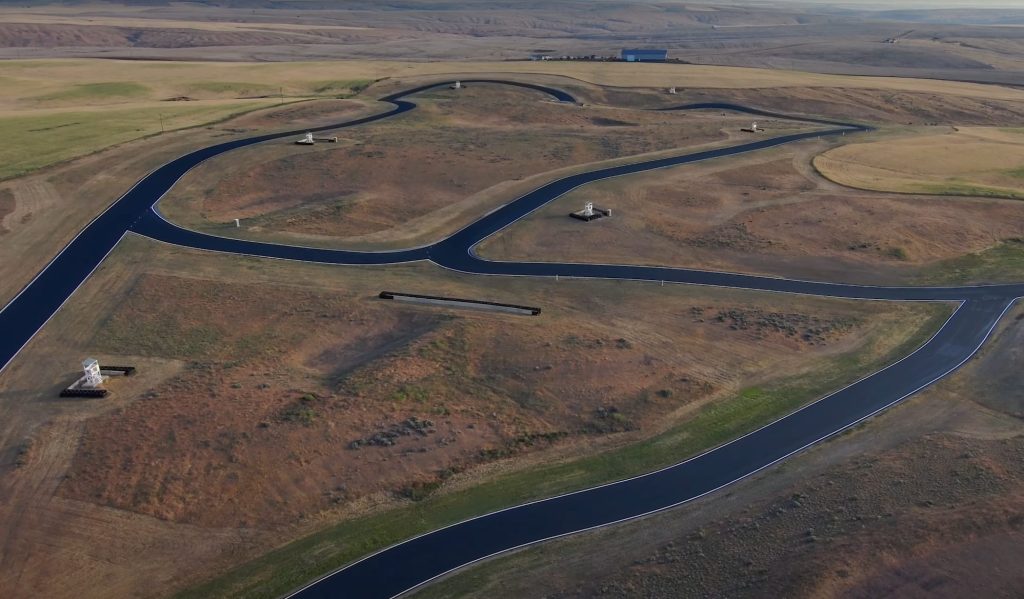
The Instinct Lap: A Mental Wrestling Match
The first session was rough. ORP is one of the most challenging tracks I’ve ridden. It’s nonstop work with no rest. Almost every corner is blind, and several look nearly identical on entry, making it incredibly easy to misjudge your line. I felt like I was always recovering from mistakes.
It wasn’t terrible, but it sure wasn’t smooth.
Round Two: Riding with Strategy
Then I went out again, but this time, I applied the tools I talk about all the time: fast eyes, discipline at the slowest point, proper trail braking, and smart body positioning.
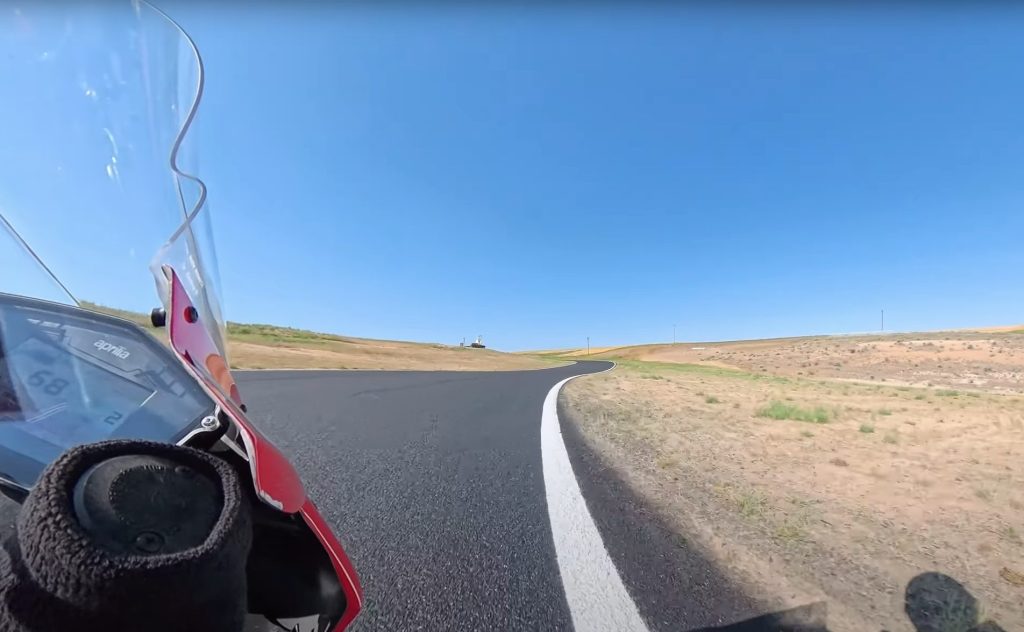
And something amazing happened.
It felt slower, but in the best possible way. I wasn’t reacting anymore. I was predicting. Everything started to click. I knew what the bike was going to do before it did it. Even though I still made a few mistakes (two corners that looked identical on entry fooled me multiple times), the difference in control and confidence was night and day.
What the Lap Times Said
I didn’t break the 2-minute barrier, but I came close. My best lap was a 2:01. The real win was consistency. I was laying down 2:06s and 2:08s like clockwork.
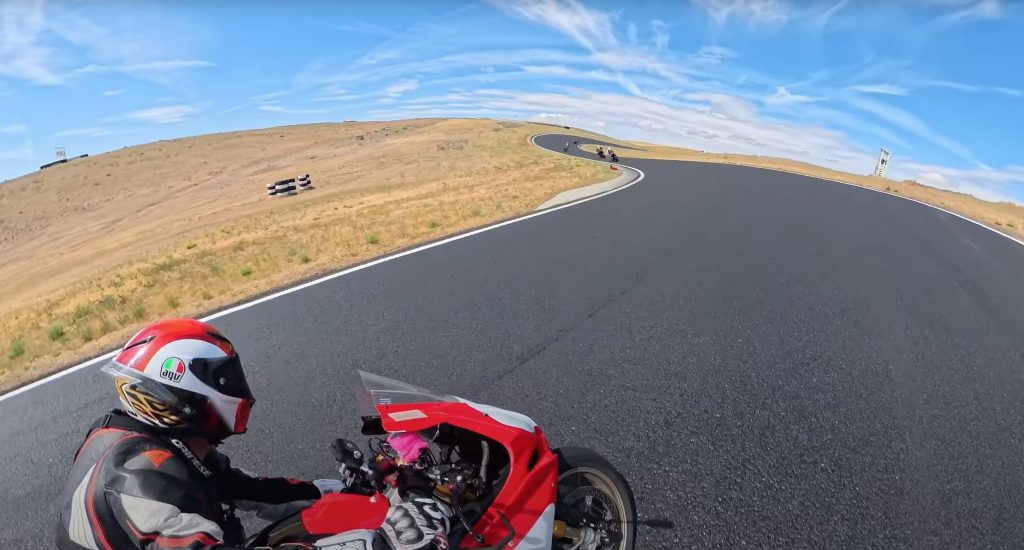
Compare that to my “instinct” laps, and the average time was almost 30 seconds slower, with lap times fluctuating wildly.
Yes, some of that is due to familiarity with the track. But I don’t think that tells the whole story.
Instinct Feels Fast, But Strategy Is Fast
When I rode on instinct, it felt fast. Everything was coming at me. My brain was constantly reacting, and I was just hanging on. But when I leaned into strategy, I felt in control. More connected. And way more confident.
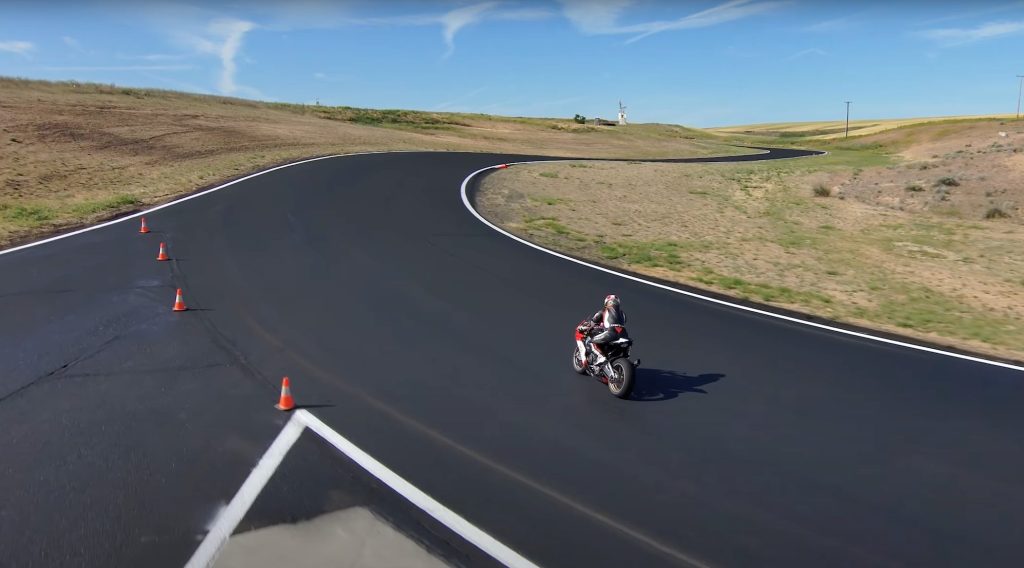
And here’s the kicker—it was way more fun.
Smoother riding leads to fewer surprises. Fewer surprises mean more trust in the bike. And that trust is what makes everything more enjoyable.
Final Thoughts
If you’re riding a new road or track for the first time, it’s tempting to just “feel it out.” But there’s real value in slowing things down, thinking through your technique, and approaching it with a strategic mindset. Even when it doesn’t feel fast, it often is.
Because it turns out, fast isn’t always what it feels like.
Sometimes, strategy really does win.
